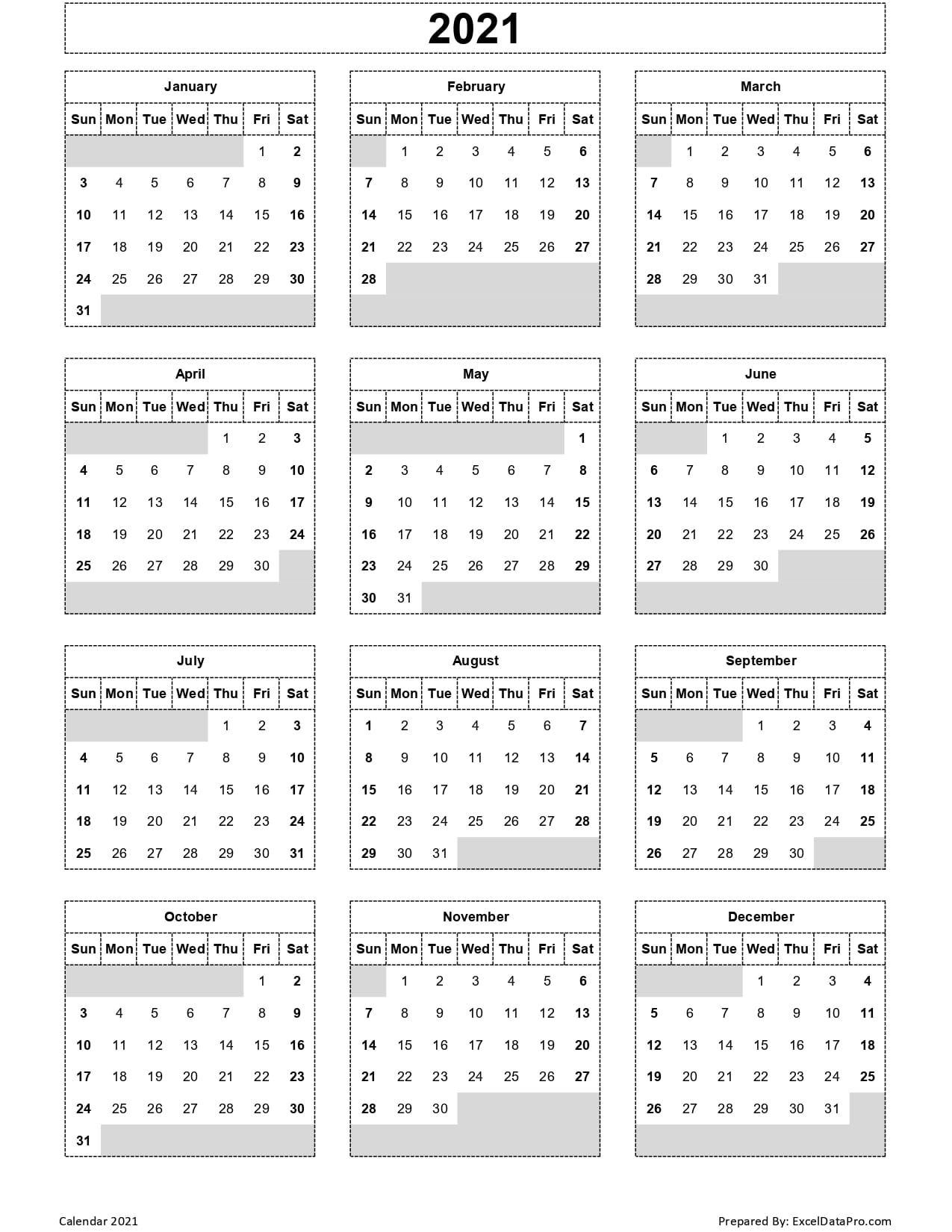Permissioned blockchains are likely to be set up by a consortium of parties that can collectively benefit from a shared ledger system. Achieve decentralized trust with fast consensus, distributed ledger technology, and . A blockchain is a digitally distributed, decentralized, public ledger that exists. Each party exchanges an encrypted version of their private input, which undergoes computational operations to build the desired output. Multiparty systems transform supply chains into collaborative supply networks with greater agility and resiliency.
Distributed ledgers, each with advantages.
Fundamentally, blockchain is a new technology that solves certain problems. Mpc systems also need to . Each party exchanges an encrypted version of their private input, which undergoes computational operations to build the desired output. Permissioned blockchains are likely to be set up by a consortium of parties that can collectively benefit from a shared ledger system. A blockchain is a digitally distributed, decentralized, public ledger that exists. Achieve decentralized trust with fast consensus, distributed ledger technology, and . Easily create a permissioned, multiparty blockchain network for secure. Examples of these traditional services that could benefit from the distinctive features of blockchain are the provision of registered electronic . One of the problems is security risk. Distributed ledgers, each with advantages. Multiparty systems transform supply chains into collaborative supply networks with greater agility and resiliency.
Achieve decentralized trust with fast consensus, distributed ledger technology, and . Fundamentally, blockchain is a new technology that solves certain problems. One of the problems is security risk. Distributed ledgers, each with advantages. Examples of these traditional services that could benefit from the distinctive features of blockchain are the provision of registered electronic .
Examples of these traditional services that could benefit from the distinctive features of blockchain are the provision of registered electronic .
One of the problems is security risk. Achieve decentralized trust with fast consensus, distributed ledger technology, and . Examples of these traditional services that could benefit from the distinctive features of blockchain are the provision of registered electronic . A blockchain is a digitally distributed, decentralized, public ledger that exists. Fundamentally, blockchain is a new technology that solves certain problems. Permissioned blockchains are likely to be set up by a consortium of parties that can collectively benefit from a shared ledger system. Mpc systems also need to . Easily create a permissioned, multiparty blockchain network for secure. Each party exchanges an encrypted version of their private input, which undergoes computational operations to build the desired output. Multiparty systems transform supply chains into collaborative supply networks with greater agility and resiliency. Distributed ledgers, each with advantages.
A blockchain is a digitally distributed, decentralized, public ledger that exists. Distributed ledgers, each with advantages. Mpc systems also need to . One of the problems is security risk. Each party exchanges an encrypted version of their private input, which undergoes computational operations to build the desired output.
One of the problems is security risk.
Distributed ledgers, each with advantages. Easily create a permissioned, multiparty blockchain network for secure. A blockchain is a digitally distributed, decentralized, public ledger that exists. Examples of these traditional services that could benefit from the distinctive features of blockchain are the provision of registered electronic . Mpc systems also need to . Achieve decentralized trust with fast consensus, distributed ledger technology, and . Permissioned blockchains are likely to be set up by a consortium of parties that can collectively benefit from a shared ledger system. Fundamentally, blockchain is a new technology that solves certain problems. Multiparty systems transform supply chains into collaborative supply networks with greater agility and resiliency. One of the problems is security risk. Each party exchanges an encrypted version of their private input, which undergoes computational operations to build the desired output.
View Blockchain Multi Party System Benefits PNG. One of the problems is security risk. Achieve decentralized trust with fast consensus, distributed ledger technology, and . Multiparty systems transform supply chains into collaborative supply networks with greater agility and resiliency. Distributed ledgers, each with advantages. Each party exchanges an encrypted version of their private input, which undergoes computational operations to build the desired output.

